Knowing how to track time spent on projects is paramount to success. Efficient time tracking not only provides valuable insights into project progress but also aids in resource allocation, budget management, and overall productivity. In this article, we delve into the art and science of tracking time spent on projects, exploring various methods, the best time tracking software, and best practices to streamline workflows, optimize productivity, and achieve project objectives effectively. Mastering how to keep track of time is essential for driving project success and achieving your business goals. Join us as we navigate the intricacies of how to track time at work in project management and unlock the keys to project efficiency and success.
The Importance of Tracking Time on Projects
Tracking time spent on projects is not just a matter of keeping tabs on where your team’s hours go. It’s a strategic approach that offers several benefits to both individuals and organizations.
💸 Project cost estimation: By accurately tracking time, project managers can estimate the cost of similar projects more effectively. This ensures that budgets are realistic and resources are allocated appropriately.
📦 Resource allocation: Using a time tracker provides insights into how resources are being used across different projects. This information helps managers identify areas of over or underutilization and make adjustments to optimize resource allocation.
📈 Performance evaluation: It provides data on productivity levels, completion rates, and adherence to deadlines, enabling managers to recognize top performers and address areas for improvement.
📅 Project planning and scheduling: Managers can identify dependencies, allocate resources efficiently, and set realistic timelines based on historical data.
💵 Client billing and invoicing: Accurate time tracking ensures that clients are billed accurately for the work done and helps in resolving disputes over billable hours.
📊 Process improvement: By analyzing where time is being spent, teams can identify opportunities for process improvement and implement strategies to streamline operations.
Effective Methods to Track Time Spent on Projects
Paper timesheets
Paper timesheets have been a traditional method for tracking time spent on projects. Despite the prevalence of digital solutions, some businesses still prefer this method for its simplicity and familiarity.
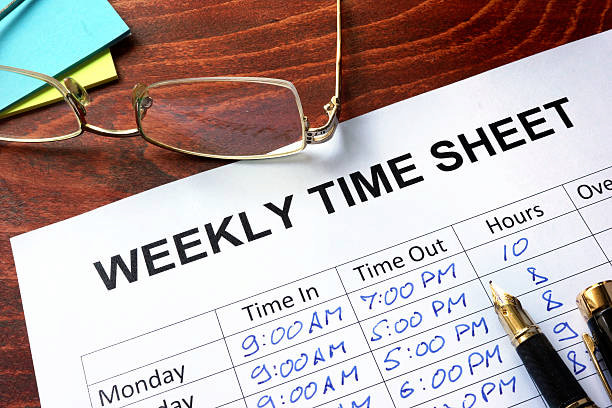
❗ Key considerations
- Manual recording: With paper timesheets, employees manually record their work hours by writing down the start and end times for each task or project. This method requires accuracy and diligence from employees to ensure the recorded hours are correct.
- Risk of errors: Paper timesheets are prone to errors, such as illegible handwriting, incorrect entries, or missing information. This can lead to inaccuracies in payroll processing and project costing if not carefully monitored and reviewed.
- Limited accessibility: Unlike digital time tracking solutions, paper timesheets are not accessible remotely. Employees must physically fill out the timesheets and submit them to the relevant department for processing, which can be cumbersome and time-consuming.
- Lack of real-time insights: Paper timesheets provide limited visibility into real-time project progress. Since the data is manually recorded and processed, managers may not have access to up-to-date information on employee hours or project status.
💪 Best practices
- Standardized format: Implement a standardized format for paper timesheets to ensure consistency and ease of use. Clearly outline fields for employees to record essential information, such as date, task/project name, start and end times, and any relevant notes.
- Regular review: Establish a process for regularly reviewing and verifying paper timesheets to identify and rectify any discrepancies or errors. This helps maintain accuracy in payroll processing and project costing.
- Backup documentation: Encourage employees to keep backup documentation for their recorded hours, such as email communication, meeting notes, or project progress reports. This can serve as supporting evidence in case of disputes or discrepancies.
While paper timesheets may offer simplicity and familiarity, they come with inherent limitations in terms of accuracy, accessibility, and real-time insights. As businesses increasingly adopt digital solutions for time tracking, it’s essential to evaluate the effectiveness of paper timesheets and consider transitioning to more efficient and reliable methods.
Timers
Timers are a popular tool for tracking time spent on individual tasks or projects. They offer a simple and effective way of how to track time spent on tasks, measure the duration of work activities, and ensure accurate time recording.
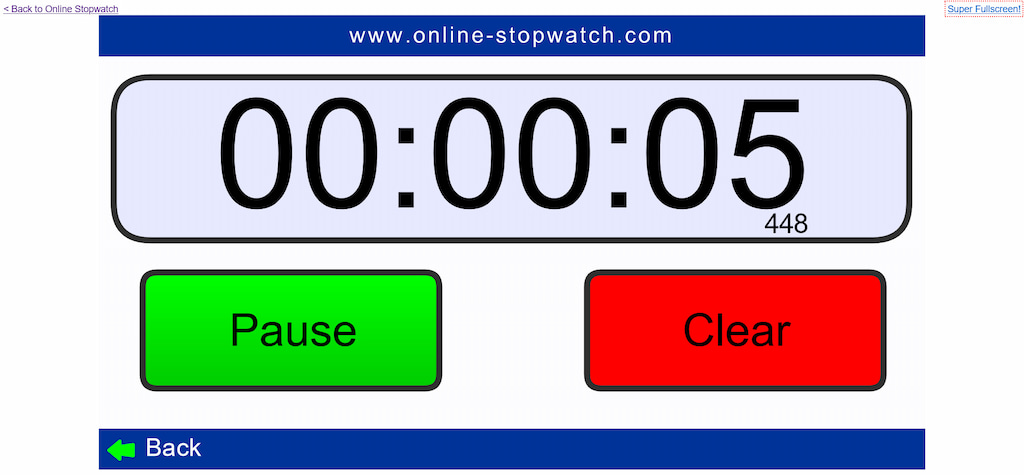
❗ Key considerations
- Task-focused tracking: Timers allow employees to focus on specific tasks by starting and stopping the timer as they work on different activities. This provides a clear record of how much time is spent on each task, enabling better task management and prioritization.
- Real-time tracking: Timers provide real-time visibility into work progress by actively measuring the time spent on tasks as they occur. This enables employees and managers to monitor productivity levels and adjust workflows accordingly.
- Accuracy: Timers offer precise time tracking down to the second, ensuring accurate recording of billable hours and project durations. This accuracy is essential for invoicing clients, analyzing project costs, and measuring employee productivity.
- Ease of use: Timers are typically user-friendly and intuitive, requiring minimal setup or training to use effectively. Employees can easily start, pause, and stop timers with just a few clicks or taps, making them accessible to users of all skill levels.
💪 Best practices
- Selecting the right tool: Choose a timer tool that aligns with your workflow and provides the features you need for effective time tracking. Look for options with customizable settings, reporting capabilities, and integrations with other software tools you use.
- Setting clear boundaries: Encourage employees to use timers responsibly by setting clear boundaries around when and how they should be used. Establish guidelines for starting and stopping timers, taking breaks, and accurately recording time spent on tasks.
- Regular review: Schedule regular reviews of timer data to ensure accuracy and identify any discrepancies or inefficiencies. Use this information to optimize workflows, improve productivity, and address any issues that arise.
- Integration with other tools: Integrate timer tools with other software tools you use for project management, task tracking, and invoicing. This streamlines workflows and ensures seamless data transfer between different systems, reducing the risk of errors and duplication of effort.
Timers offer a convenient and accurate method for tracking time spent on tasks and projects. By implementing best practices and leveraging the right tools, businesses can effectively monitor work progress, optimize productivity, and achieve their project goals efficiently.
Spreadsheets
Spreadsheets are a versatile and commonly used tool for tracking time spent on projects. While they may lack some of the advanced features of dedicated time tracking software, spreadsheets offer flexibility and customization options that make them popular among small businesses and freelancers.
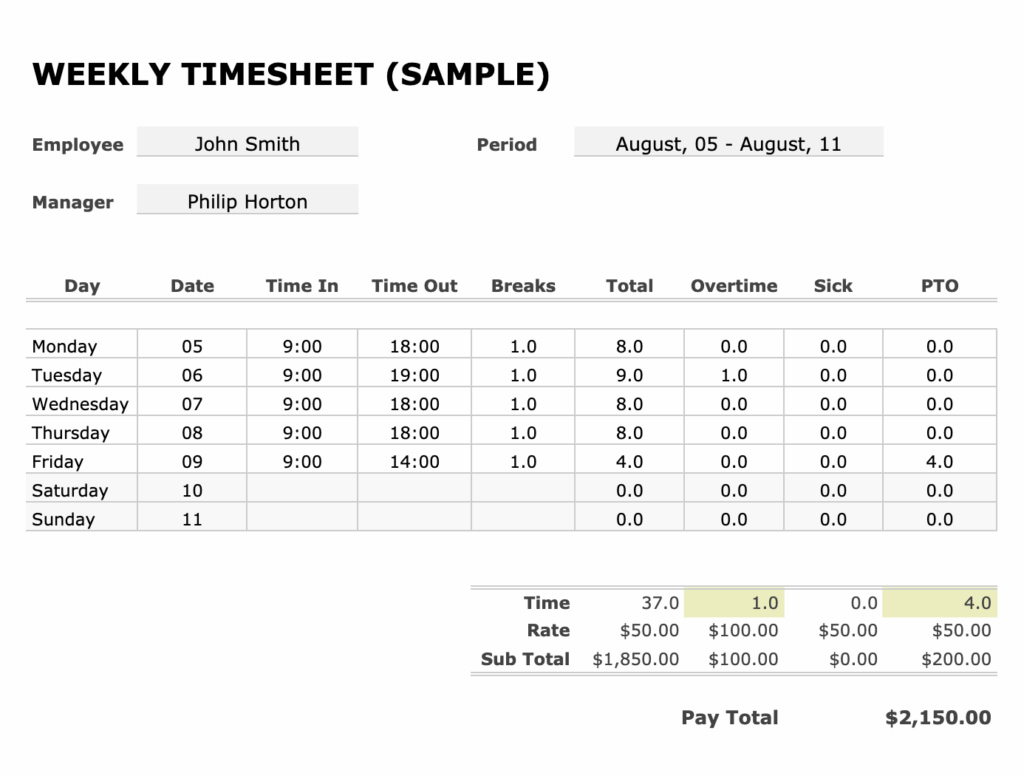
❗ Key considerations
- Customizability: Spreadsheets can be customized to fit the specific needs of your project or organization. You can create custom templates, formulas, and formatting to track time in a way that works best for you.
- Accessibility: Whether you prefer to use desktop software like Microsoft Excel or cloud-based solutions like Google Sheets, you can access your time tracking data from anywhere with an internet connection.
- Cost-effectiveness: Spreadsheets are often a more affordable option compared to dedicated time tracking software, especially for small businesses and individuals with limited budgets. Many spreadsheet applications are available for free or at a low cost, making them accessible to businesses of all sizes.
- Integration with other tools: Spreadsheets can be integrated with other software tools you use for project management, accounting, and invoicing. This allows for seamless data transfer between different systems and ensures consistency across your workflow.
💪 Best practices
- Consistent formatting: Establish a consistent format for your time tracking spreadsheet to ensure clarity and ease of use. Use columns to represent different data points such as date, task description, start and end times, and total hours worked.
- Regular updates: Encourage employees to update their time tracking spreadsheets regularly to ensure accurate and up-to-date records. Set reminders or deadlines for submitting time tracking data to avoid delays or discrepancies.
- Data validation: Use data validation features in your spreadsheet application to prevent errors and ensure data integrity. This can include setting constraints on input values, enforcing date formats, and flagging potential errors for review.
- Backups and security: Regularly backup your time tracking spreadsheets to prevent data loss in case of accidents or technical issues. Consider implementing security measures such as password protection or encryption to safeguard sensitive information.
Spreadsheets offer a flexible and cost-effective solution for tracking time spent on projects. By following best practices and leveraging the customization options available, businesses can effectively monitor work progress, manage resources, and ensure accurate invoicing and billing.
Time tracking software
Time tracking software emerges as the best way to track time spent on projects and to accurately monitor and manage time spent on tasks and projects. Offering a wide array of features and benefits, time tracking software streamlines the process of tracking, analyzing, and optimizing work hours.
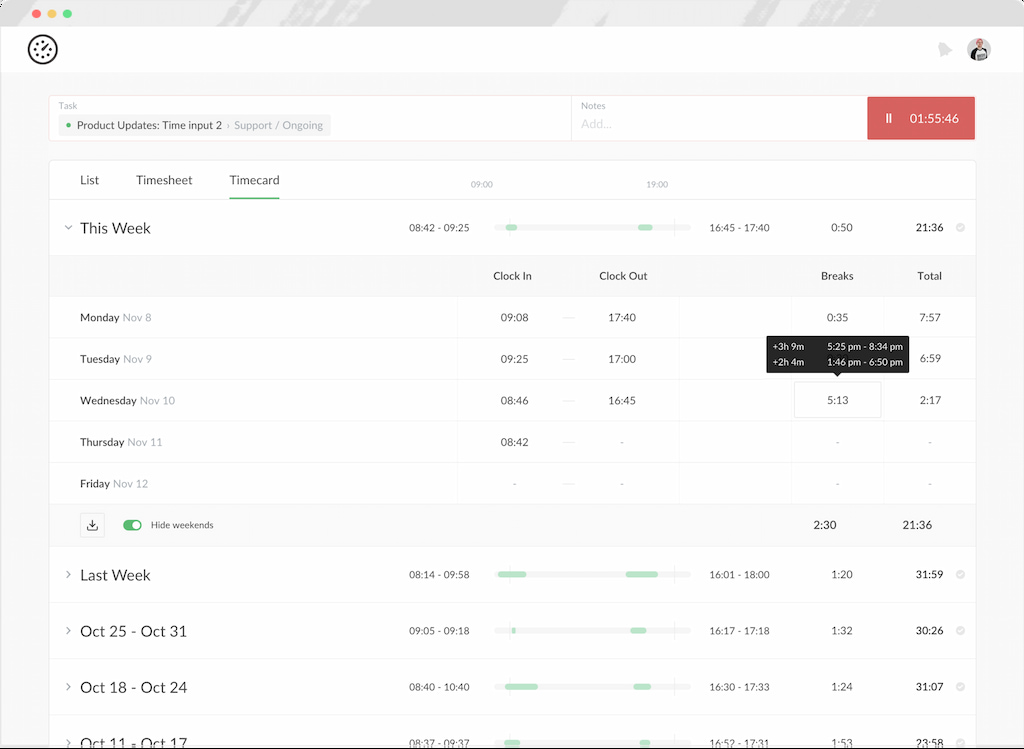
❗ Key considerations
- Efficiency: Time tracking software simplifies the process of tracking time spent on tasks and projects, saving valuable time and effort for employees and managers alike. Its automation features eliminate manual data entry and reduce administrative overhead.
- Accuracy: By automating time tracking and providing real-time monitoring, time tracking software ensures accurate and reliable data capture. This accuracy is essential for billing clients, analyzing project costs, and making data-driven decisions.
- Visibility: Time tracking software offers visibility into individual and team activities, allowing managers to monitor work progress, identify bottlenecks, and allocate resources effectively. This visibility fosters transparency, accountability, and collaboration within teams.
- Scalability: Time tracking software is scalable, catering to the needs of businesses of all sizes and industries. Whether you’re a small startup or a large enterprise, time tracking software can adapt to your changing requirements and grow with your business.
- Automated tracking: Time tracking software automates the process of capturing work hours, reducing manual effort and minimizing errors. Employees can easily log their time using timers, integrations with project management tools, or automatic activity tracking features.
- Comprehensive reporting: Time tracking software provides detailed and customizable reports that offer insights into time utilization, project progress, and team productivity. These reports enable informed decision-making, resource allocation, and performance evaluation.
- Integration capabilities: Time tracking software seamlessly integrates with other essential tools and applications used in project management, accounting, invoicing, and payroll. This integration ensures data consistency and streamlines workflows across different platforms.
- Remote work support: With the rise of remote work, time tracking software facilitates accurate monitoring of employee productivity and engagement, regardless of their location. This support for remote work enables teams to collaborate effectively and stay aligned on project goals.
💪 Best practices
- Employee training: Proper training ensures that team members understand how to use the software effectively, maximizing its benefits.
- Regular monitoring: Consistent monitoring of time tracking data allows for early detection of issues and adjustments to improve efficiency.
- Feedback mechanism: Establishing a feedback loop encourages employees to adhere to time tracking protocols and provides opportunities for process improvement.
By leveraging the capabilities of time tracking software and implementing best practices, businesses can streamline operations, enhance project management, and drive overall efficiency in their workflows.
Everhour: Streamlining project time tracking
Everhour stands out as the top choice for businesses seeking efficient time tracking solutions for project management. With its clean interface, lots of extra features, and useful integrations, Everhour empowers teams to monitor project progress, optimize resource allocation, and drive overall productivity.
Key features
- Intuitive interface: Everhour offers an intuitive interface that makes time tracking effortless for users at all levels of technical expertise.
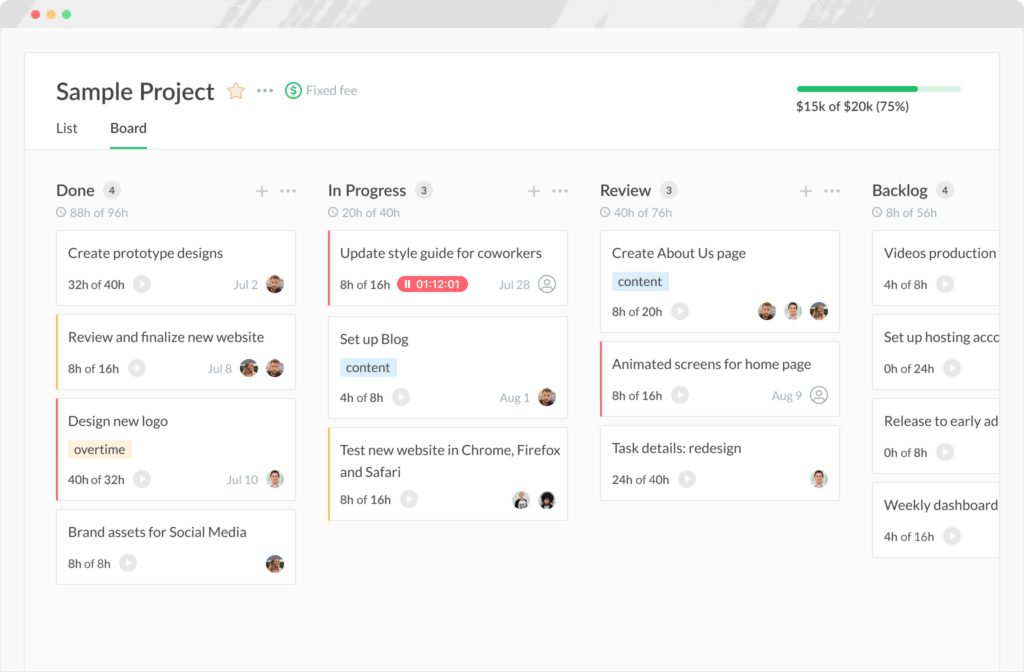
- Seamless integrations: The software seamlessly integrates with popular project management tools like Trello, Asana, Basecamp, Notion, and more, allowing users to track time directly within their existing workflows.
- Customizable timesheets: Users can create customizable timesheets via its timesheet app tailored to their specific needs, enabling flexible time tracking and reporting based on project requirements.
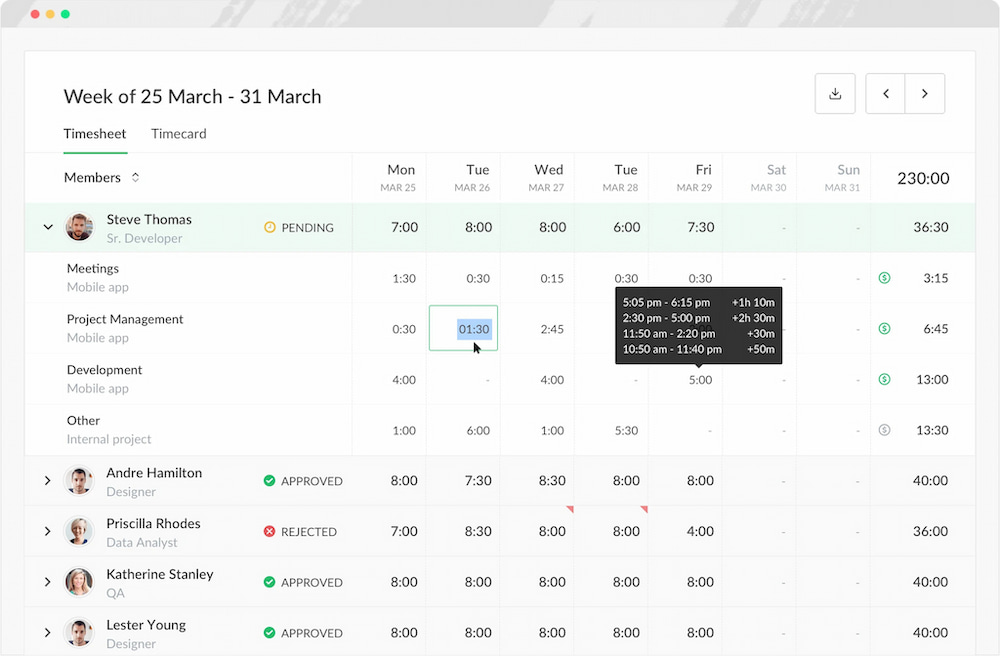
- Advanced reporting: Everhour’s robust reporting features include customizable reports, visual dashboards, and analytics, providing valuable insights into employee performance, project progress, and resource utilization.
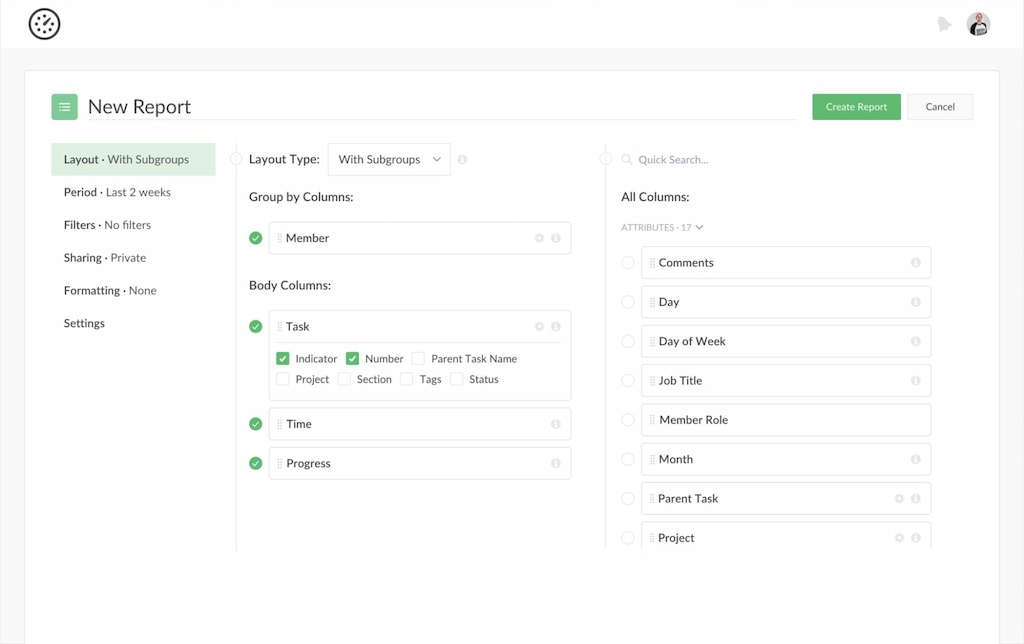
- Precise time tracking: Everhour’s time clock app ensures accurate time tracking through various methods, including manual entry, timer-based tracking, and integrations with project management tools, ensuring precise monitoring of project hours.
Why Everhour excels
Everhour’s comprehensive features, user-friendly interface, and integrations make it the ideal solution for businesses looking to streamline project time tracking. As one of the best time clocks for small business, Everhour provides the tools and insights you need to effectively monitor project progress, optimize resource allocation, and drive success.
Top Tips for Tracking Time on Projects Efficiently
Effective time management is essential for maximizing productivity and ensuring the success of projects. Here are some top tips for how to keep track of tasks and projects and help you keep track of tasks and projects efficiently:
1. Prioritize tasks
Start each day by identifying the most important tasks that need to be completed. Use techniques like the Eisenhower Matrix to categorize tasks based on their urgency and importance (read up on how to build your sense of urgency).
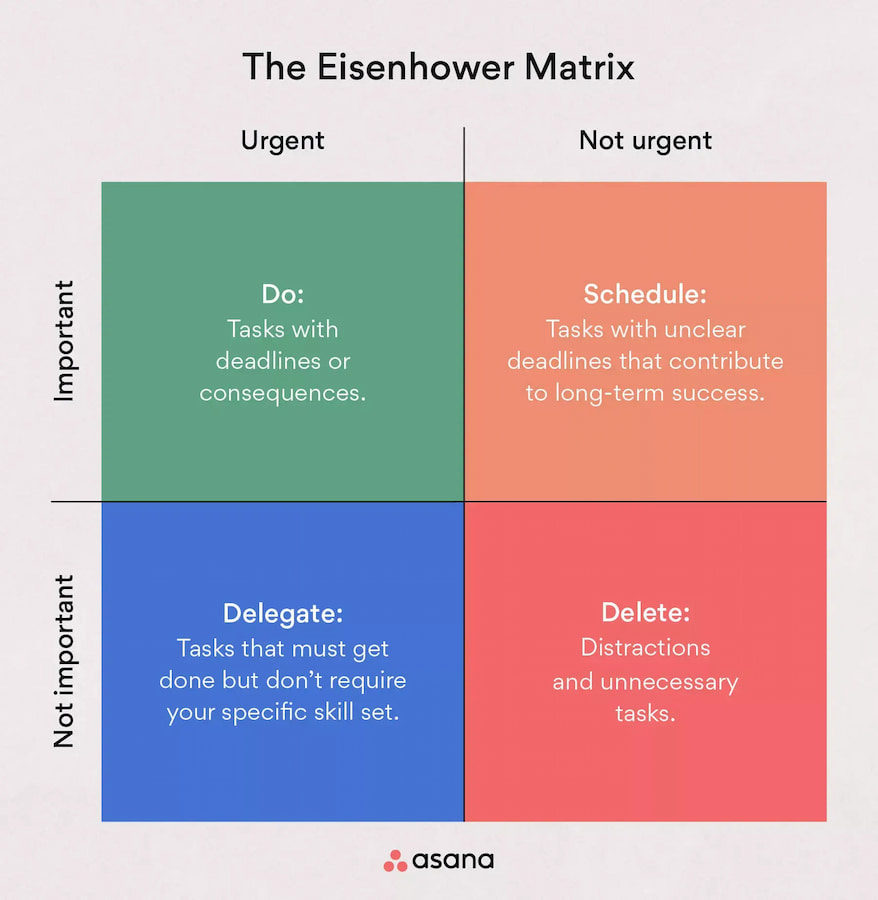
2. Set SMART goals
Define specific, measurable, achievable, relevant, and time-bound (SMART) goals for each project. This helps provide clarity and direction, making it easier to track progress and stay on track.

3. Use time tracking tools
Implement a time tracker like Everhour to monitor how time is spent on tasks and projects. This allows you to identify which employee has the most time for a new project and ensures efficient resource allocation.
4. Break tasks into smaller steps
Break down larger tasks into smaller, more manageable steps. This makes it easier to track progress and ensures that you stay on track to meet deadlines.
5. Delegate tasks
Delegate tasks to team members based on their skills and availability. This not only helps distribute workload but also ensures that tasks are completed efficiently.
6. Avoid multitasking
While it may seem efficient, multitasking often leads to decreased productivity and quality of work. Instead, learn how to stay organized at work, focus on one task at a time, and give it your full attention. Minimize distractions by creating a dedicated workspace, turning off notifications, and using tools like the Pomodoro Technique to focus on tasks in short bursts.
7. Take regular breaks
Schedule regular breaks throughout the day to rest and recharge. Taking short breaks helps prevent burnout and improves overall productivity.
8. Regularly review and adjust
Take time to review your progress regularly and make adjustments as needed. Be flexible and willing to adapt your approach to optimize productivity and achieve your goals.
9. Communicate effectively
Maintain open communication with team members to ensure everyone is on the same page regarding project goals, deadlines, and expectations.
10. Analyze time usage
Use time tracking data to analyze how you and your team are spending time on tasks and projects. This insight helps you identify areas for improvement and make informed decisions.
Implementing these time management tips is the best way to keep track of employee time.
How to Track Time Spent on Projects: Conclusion
In the quest for knowing how to track time spent on projects and for efficient project management and optimal productivity, mastering time tracking is essential. With Everhour emerging as the best solution, individuals and teams can seamlessly track time spent on tasks, ensuring accountability and productivity.
So, how to keep track of hours worked? From managing time effectively to keeping track of tasks and projects, Everhour offers unparalleled features and flexibility. Its intuitive interface and robust capabilities empower users to stay organized and focused, maximizing every moment.
For those seeking to enhance their time management skills and streamline project workflows, Everhour stands as the ultimate tool. With Everhour, achieving peak productivity and meeting deadlines becomes effortless.
If you are managing a team of 5 or more and looking to boost efficiency, Everhour is the best employee time tracking app to keep your team on track. With this project cost management software, you can easily estimate task durations, set clear budgets, and generate detailed reports inside Asana, Trello, Jira, or any other pm tool.

